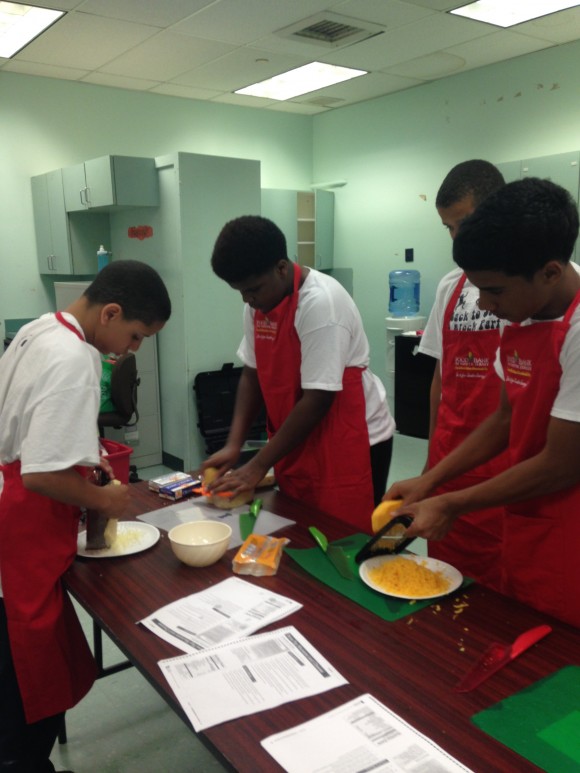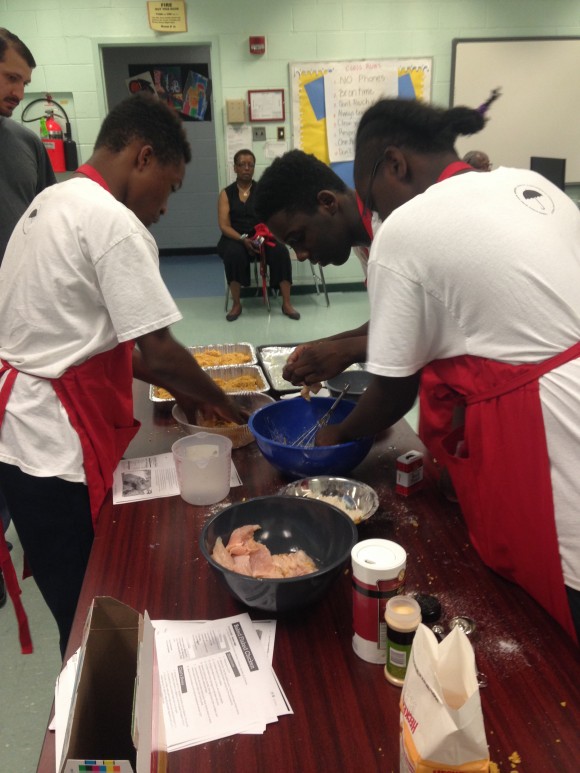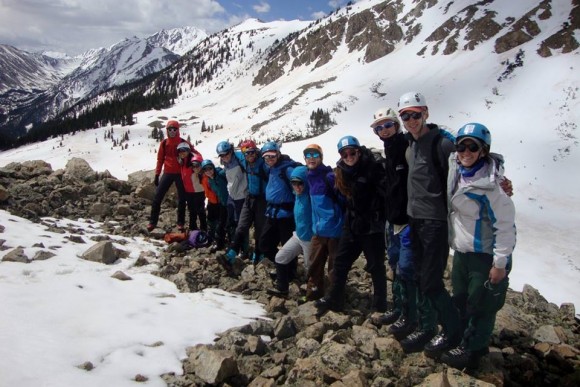Continuing my series of posts on President Barron’s discussion topics, I want to consider his comments on accessibility.
Dr. Barron notes the pressure student debt and the cost of education is placing on accessibility at universities. The trend of lowering state support for higher education has made it more and more difficult to provide access at reasonable costs. More and more universities are placing a priority on attracting students with funds to pay (out-of-state and international students, for example) to be able to generate revenue. While Penn State has generally maintained its land grant commitment to low income and first generation students, there is no doubt the struggle to do that has become tougher.
President Barron links his thoughts on accessibility to efficiency, stressing that the University’s only reaction to declining state support cannot be to ask students and families for more in tuition each time. Penn State and other universities need to look for efficiency and cost savings. Over the past few decades, universities have seen their administrative costs skyrocket. Much of that increase is in student services–gyms, athletics, entertainment, health, dorms–as the number of faculty and related instructional expenses were flat or even declined. Of course, students and parents like many of those additional services. But, if they come at a cost of a reduced emphasis on putting great teachers in the classroom with students, do we need to question the choices we are making?
President Barron writes that “students are customers”. If the customers want more entertainment and less education, should universities respond to that market demand? Is that in the best interest of students and the larger public that Penn State is supposed to serve?
I’ve always believed that the “student=customer” equation is only part of the truth. It devalues what education should be, because students are much more than customers. Students are my colleagues in a community effort to learn. Students are my proteges, and I have a responsibility to mentor them, not simply provide customer service. Students are my teachers, as their new perspectives keep me looking at the world of health care in new and different ways.
So how do we better balance accessibility and efficiency, while retaining that core focus on education? What should Penn State and Health and Human Development be doing to make sure that tuition is kept at a reasonable level AND that the right amount of those dollars goes to teaching and learning? What do you think? Share your comments.















